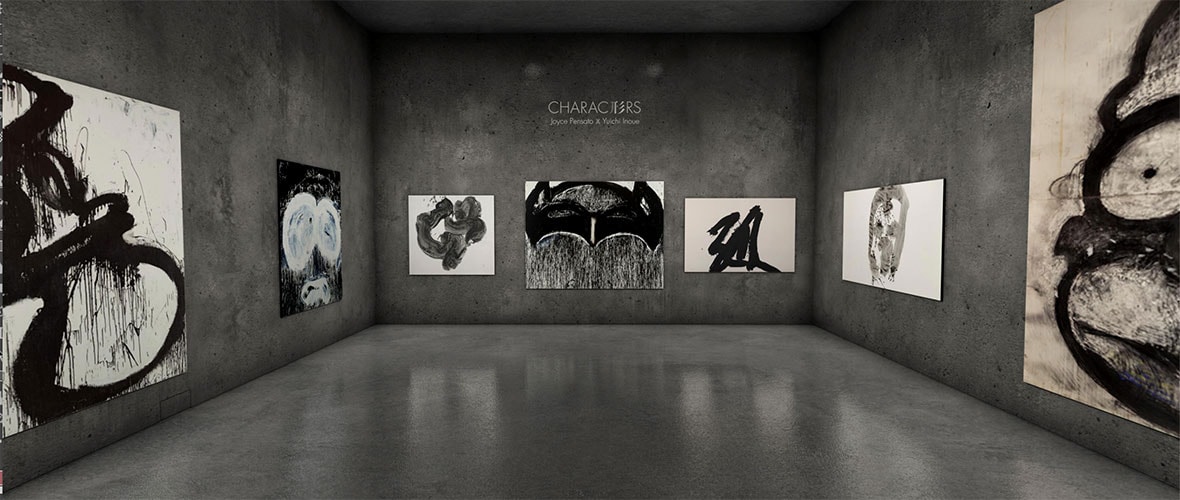Art carves out an emotional, sensual, and experiential space in which worlds can be traversed, souls can be reinvigorated, and minds can converge and connect; in our current world of turbulence and unrest, this cannot be more important. With auctions and galleries back in action in Hong Kong, then, it might be time to look into contemporary art and one of its major hubs—the auction house.
But where should one start? Answers to questions you may have, such as what exactly constitutes contemporary art, how contemporary art engages with its time, where collectors and auction houses stand, may seem hard to seek. To help you navigate this wonderful and exciting side of the art world, therefore, we have collated a number of Q&As to get you on your way.
Q. What is contemporary art?
Many people think that contemporary art is modern art, but the two are in fact different. Contemporary art succeeds modern art and is generally considered to be art produced between the A. 1950s and 60s and the present day. While both modern and contemporary art may seem difficult and obscure, contemporary art focuses more concepts and processes while modern art aesthetics and end-products. So performance art, for instance, is uniquely contemporary. Contemporary art is also known for its freedom and transgression: it wildly breaks boundaries and challenges conventions and expectations, and thus may well offer some degree of cognitive comfort or release for those of us trapped without the prospect of travel!
Q. How does art remain contemporary? What is the relationship between art and its time?
Big question, and one that ultimately you will be able to answer for yourself as you continue exploring! But briefly, art is always in dialogue with its time and thus will always be a part of its present reality. Think how Takashi Murakami took the concept of Pop art from Andy Warhol and used it to celebrate Japanese popular culture and question its future, but remember also that with the rise of performance and conceptual art we have become more sensitive to the abstract and the metaphysical around us. Art therefore is both influenced by and influences its time—it is always in close proximity to us, whether we realise it or not.
Q. What role do collectors play within the art world ecosystem?
Collectors do not hoard art as dragons guard their treasure! Rather, collectors, being the principle driving force in the art market, set trends and cultivate taste within the art world. With their perceptiveness (and with the help of specialists and curators), they also recognise and celebrate the value of individual artists. Collecting is not always a private act—corporate collectors are people who purchase art in order to make them more accessible to the community, such as by donating them to museums. Collectors, then, are certainly towering figures within the art community, but that is how they prop up and support this world we love and admire.
Q. What about auction houses and auctions?
Auction houses, in the auctions they hold, gather together collectors and art and match the two. Art is sourced, curated, advertised to collectors, who then within the course of ten to twenty heated minutes give value to and celebrate the art on bid. If the art world is a body, auctions are metabolism—they instil fresh energy and vigour and keep the body going. In a few days, Christie’s will be holding its annual auctions—click here to find out more!
Q. How does one stay current with the global art world?
Visit museums and galleries, join preview sales and auctions, talk to specialists and art historians, read the latest books and newsletters…the list trails on. We appreciate that many of these are hard to do on a day-to-day basis, which is why we are launching two live programmes in July: Building Collections: The Languages of Contemporary Art and One Day in the Auction World with Christie’s Education. Both focus on contemporary art, but the former is geared towards how contemporary artists view and experiment with contemporary art styles while the latter the role of collectors and the auction house at present. We hope that your (re-)entry into the art world is a fruitful one, and we certainly look forward to your joining us.

